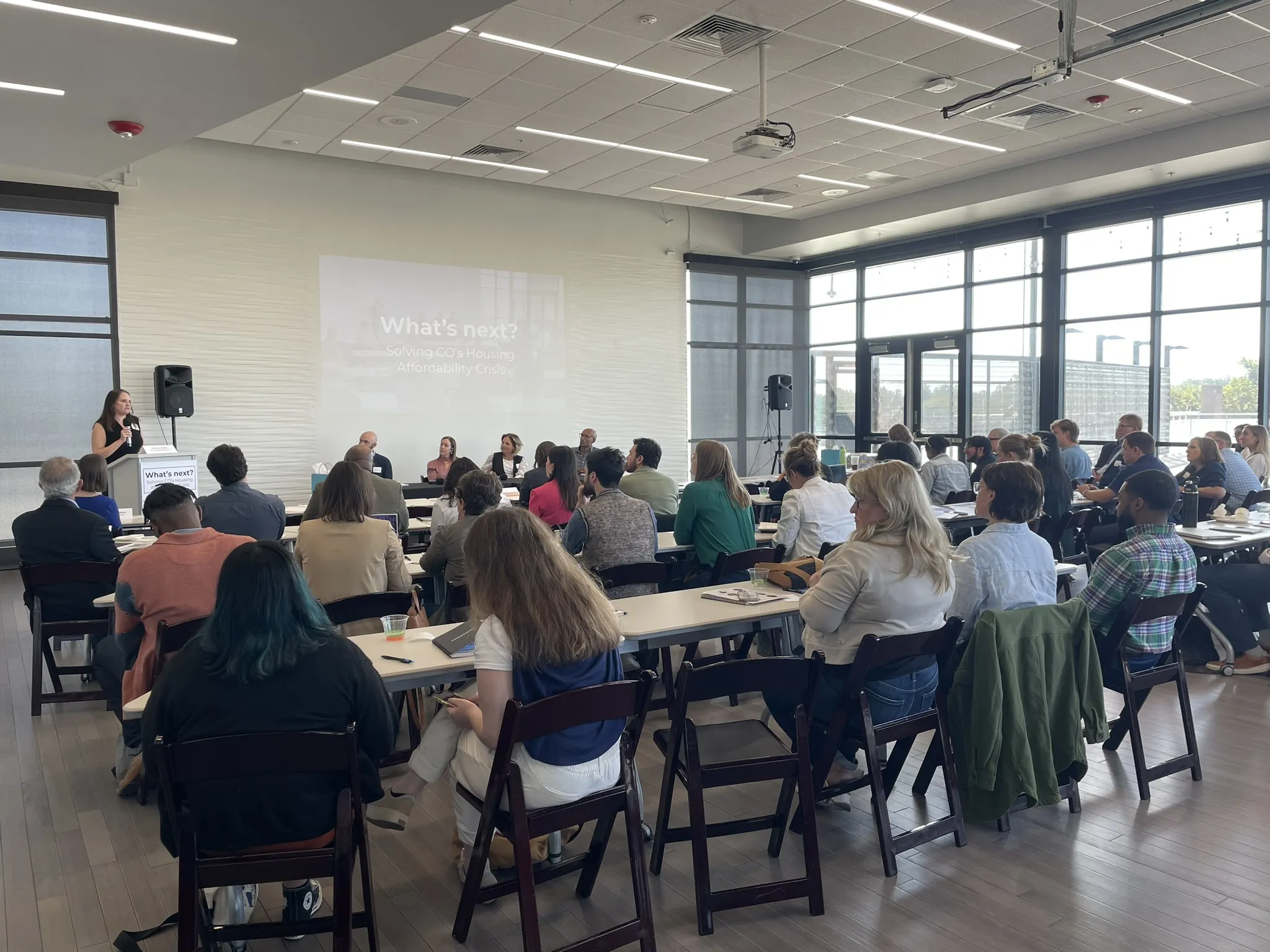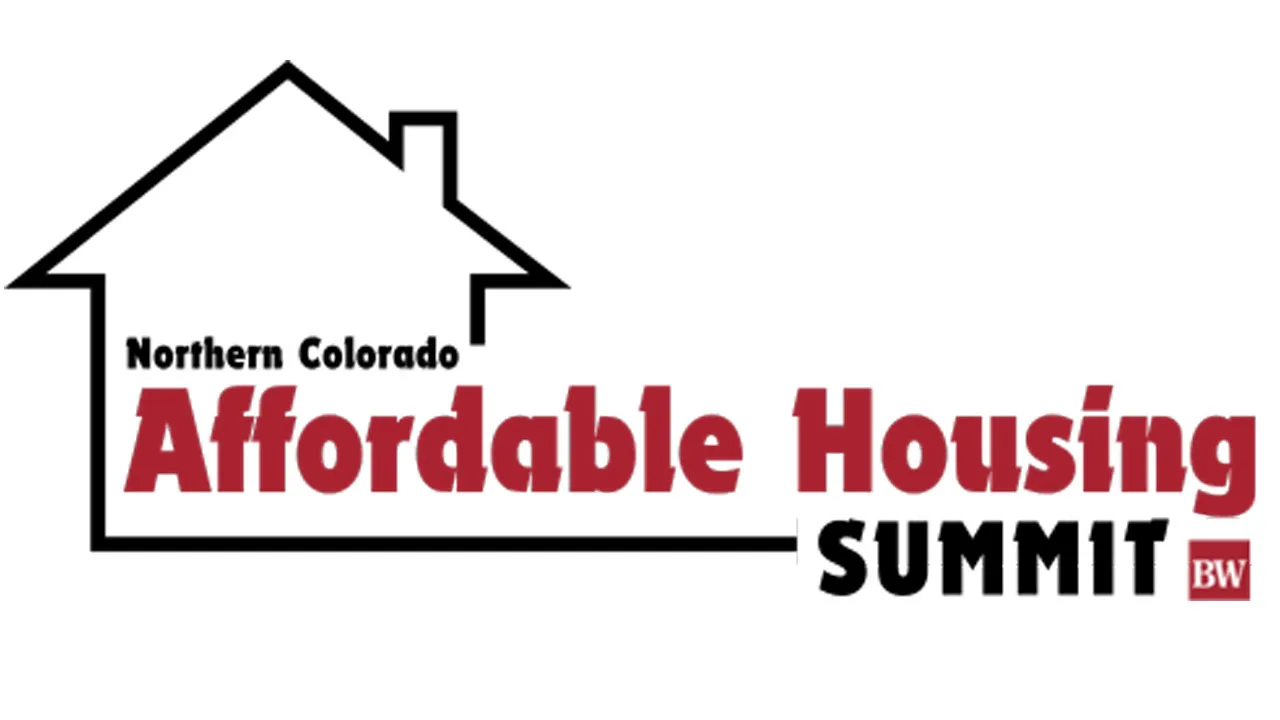Wells: A home is still where the heart is
Whenever a real estate cycle is on the upswing, people start to look at their homes as more of a financial investment. They see them as vehicles for generating wealth — and for most homeowners, their homes have done just that.
In fact, as our economy roared back from the Great Recession — a rebound that spanned 2011-2022 — housing acted as a catalyst for generating incredible financial stability for numerous families.
Still, it seems that every decade or so, we also get a gentle reminder of what’s most important about a home.
SPONSORED CONTENT
Indeed, housing has always been, and always will be, an amazing investment, regardless of its short-term financial gains or losses. But in the long-term, housing delivers the intangible advantage of stability, and it is one of our basic needs as a human.
When the economy starts to slow and we reach the end of a growth cycle in housing, there is always a natural shift back to the real purpose of home ownership: security, safety, and a place that we live out our journey of memories and experiences. It’s where we raise our children, gather friends and guests, celebrate the good days, and come home to rest after the long days.
While the market has certainly shifted over the past six months, the meaning of home hasn’t.
There might be fewer transactions than prior years because of higher interest rates, and there might be less standing inventory because more people sped up their home purchases in 2020 or 2021 to take advantage of low interest rates. However, there always will be a strong need for housing. People continue to move as new families are being formed, or as job opportunities are being created, or lifestyle choices are being made.
While we shouldn’t lose sight of the most intangible benefits of owning a home, let’s take a look at some financial data that’s characterizing today’s housing market.
Home equity
The overall level of housing equity continues to grow. Consequently, homeowners enjoy access to higher levels of tappable equity in their homes, according to Black Knight, a real estate data analysis firm.
For example, the average U.S. homeowner held $216,900 worth of tappable equity at the beginning of the second quarter (April-June) of 2023. This equity average is up 5%, or about $9,700, from the fourth quarter of 2022, and up a full 25% or $43,400 from the second quarter of 2021.
Rate-locked owners
Although homeowners are seeing record levels of home equity, 73% of this equity is held by borrowers who hold a mortgage rate below 4%. As a result, many would-be borrowers are likely to be more reluctant to move and lose the favorable rate (rates for new 30-year fixed mortgage loans are averaging about 6%).
Prices holding steady
While much doom and gloom has been written and broadcast in the financial press, describing major price declines in real estate, Northern Colorado’s market has remained resilient. Based on recent sales, sellers are still receiving more than 98% of their list prices. We have seen some pressure on prices compared to the peaks of 2022, but annualized year-over-year prices are still up so far in 2023.
Brandon Wells is president of The Group Inc. Real Estate, founded in Fort Collins in 1976 with six locations in Northern Colorado. He can be reached at bwells@thegroupinc.com or 970-430-6463.
Whenever a real estate cycle is on the upswing, people start to look at their homes as more of a financial investment. They see them as vehicles for generating wealth — and for most homeowners, their homes have done just that.
In fact, as our economy roared back from the Great Recession — a rebound that spanned 2011-2022 — housing acted as a catalyst for generating incredible financial stability for numerous families.
Still, it seems that every decade or so, we also get a gentle reminder of what’s most important about a home.
Indeed, housing has always been, and always will be, an…




